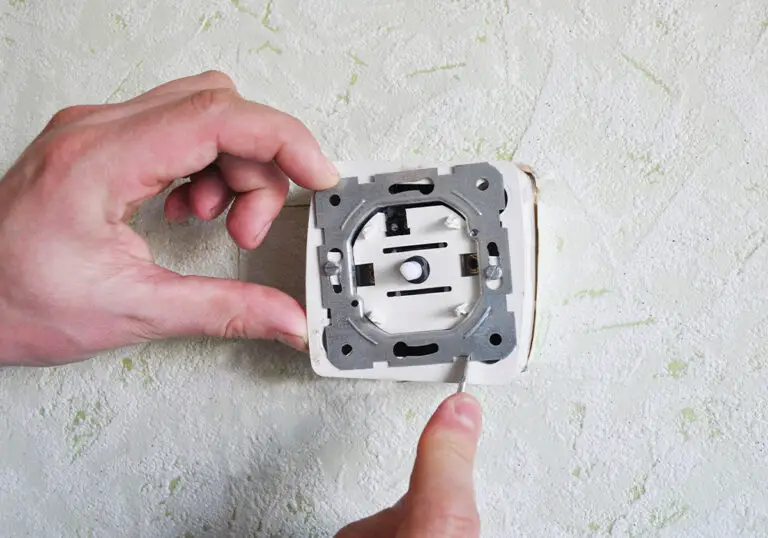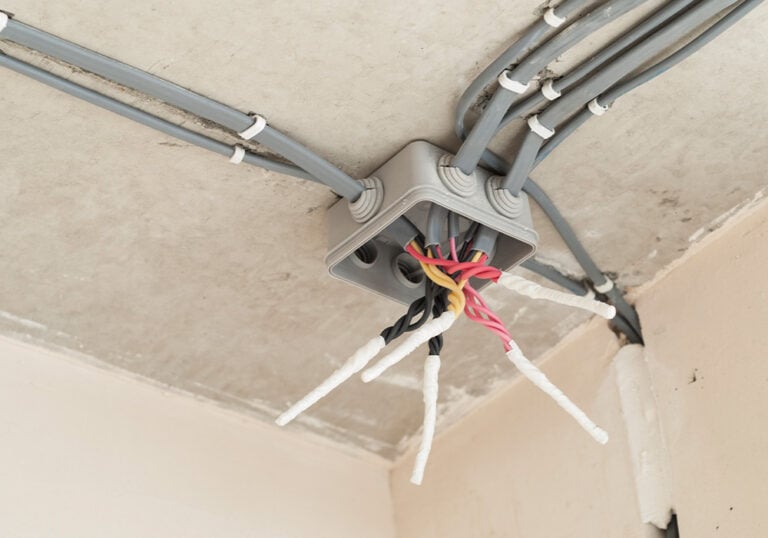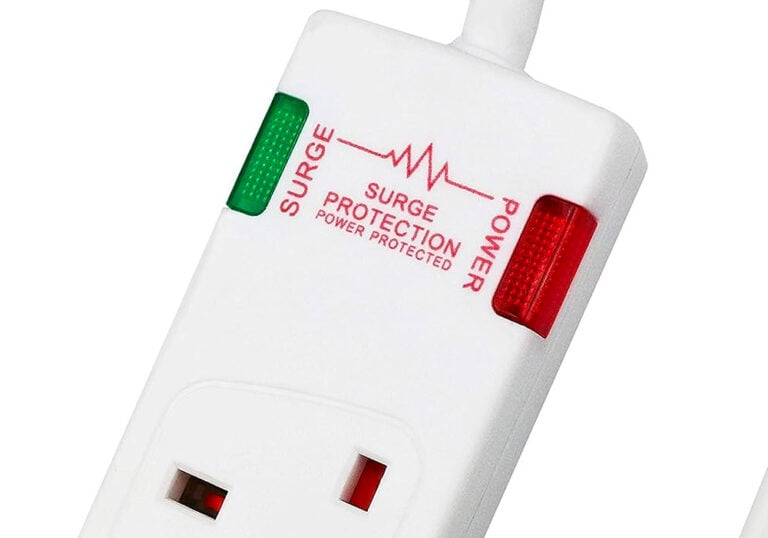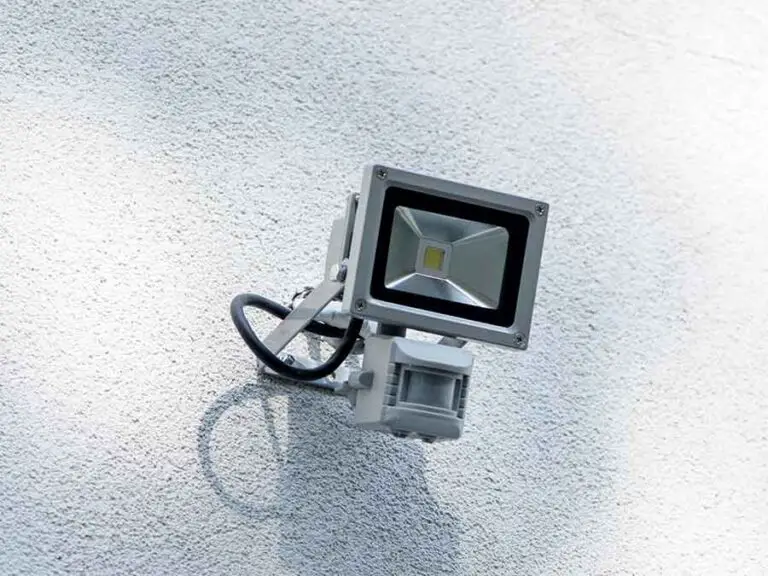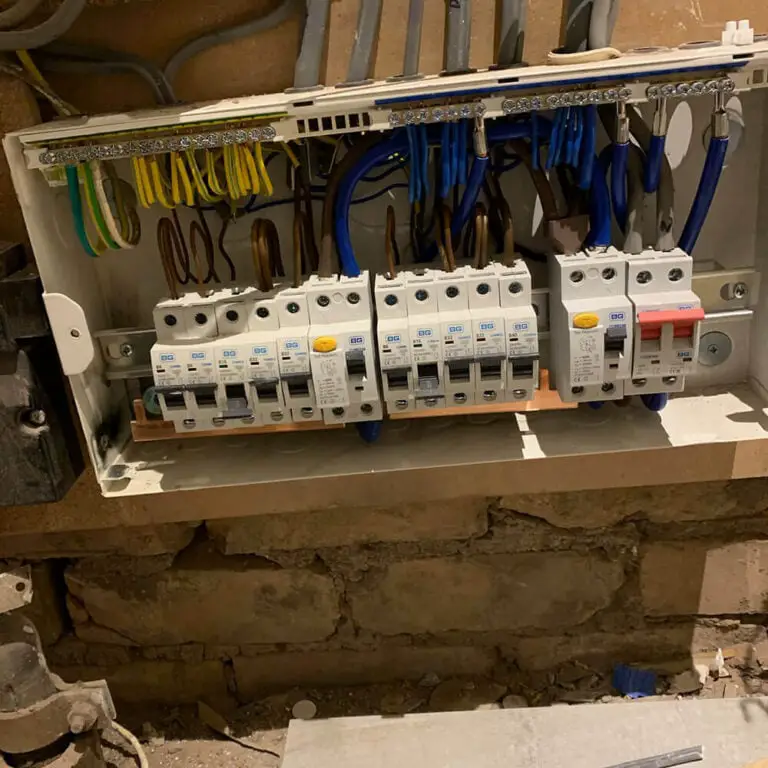How Much Electricity Does a Fridge & Freezer Use?
Refrigerators and freezers are essential appliances in our daily lives, helping us preserve our favourite foods and reduce waste. Knowing the electricity consumption of these appliances is crucial for understanding their impact on our energy bills and the environment. Not only do they consume power during regular use, but factors such as energy efficiency ratings, age, and usage habits also contribute to their overall power consumption.
To estimate the electricity usage of your fridge and freezer, it is essential to be aware of their individual power consumption patterns. Typically, the wattage of a fridge ranges anywhere from 100 to 800 watts, while that of a freezer varies between 150 and 800 watts. However, these figures fluctuate based on the size, model, and efficiency rating of the appliances. Constant temperature fluctuations, frequency of opening and closing, and maintenance play a significant role in overall energy usage.
In summary, knowing the power consumption of your fridge and freezer is vital not just for budgeting but also for ensuring a greener, more sustainable lifestyle. By evaluating various factors affecting energy usage, it is possible to make informed decisions about your current appliances or when considering purchasing new, environmentally friendly models.
Key Takeaways
- A fridge’s average wattage ranges between 100-800 watts, while a freezer’s is around 150-800 watts, depending on size, model, and efficiency rating.
- Factors such as constant temperature changes, opening and closing frequency, and maintenance influence overall power consumption.
- Awareness of energy usage contributes to informed decision-making about current or future appliances and promotes a greener lifestyle.
Understanding Fridge & Freezer Power Consumption
To comprehend your fridge and freezer power consumption, it is crucial to know how these appliances work. Both fridges and freezers use a compressor-based system, which cycles on and off throughout the day to maintain the desired temperature.
You should consider the fridge or freezer’s size, energy efficiency rating, running time, and the electricity rate when calculating power consumption. For fridges and freezers, their power usage is typically measured in kilowatt-hours (kWh) per year.
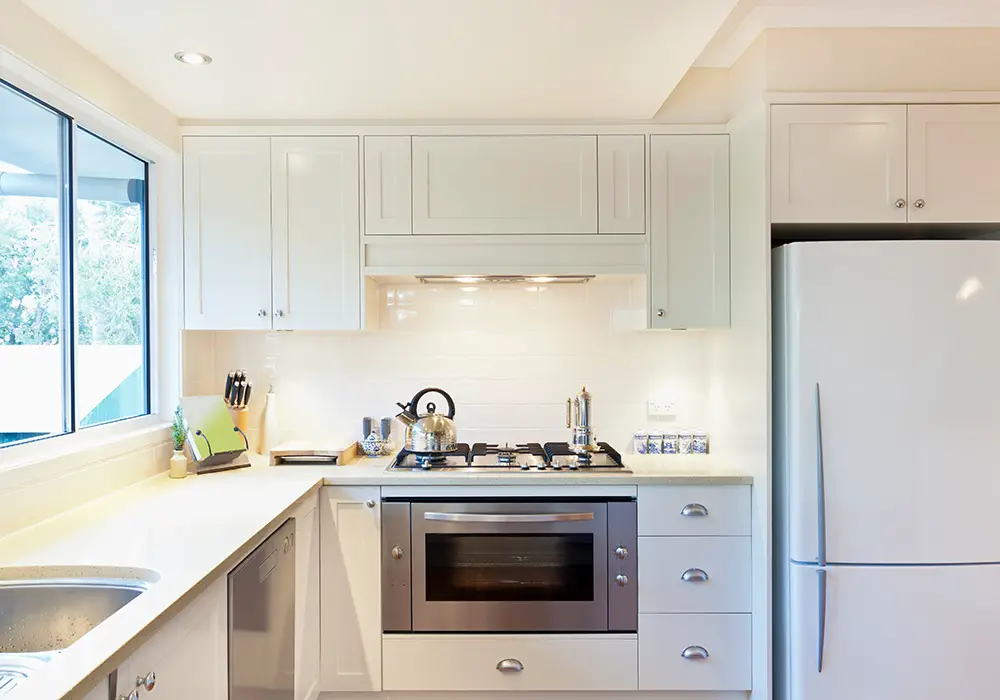
When you check the energy consumption label on your fridge or freezer, you will notice an energy efficiency rating between A+++ (highly efficient) and G (least efficient). Appliances with higher efficiency ratings tend to consume less power.
Your fridge and freezer usage habits can also affect power consumption. Factors like frequently opening the door, leaving the door open, overloading, or placing hot items inside can increase energy usage. Additionally, older appliances usually consume more power than newer ones due to the advances in energy-efficient technology.
To understand the power consumption of your fridge and freezer better, you can use an electricity usage monitor. This device allows you to track real-time energy usage, offering useful insights into your appliances’ efficiency and your potential energy savings.
Typical Electricity Usage of a Fridge
A fridge is an essential appliance in your home, working continuously to keep your food fresh and safe to eat. However, you may wonder how much electricity it uses, mostly as it could contribute to your energy bill. To understand your fridge’s electricity consumption, it’s essential to consider factors such as size, type, and efficiency rating.
First, let’s look at the fridge’s size and type. A smaller fridge will generally use less electricity than a larger one. A standard under-counter fridge may consume around 100-150 kWh per year, while a more extensive fridge-freezer can use up to 400 kWh per year. In general, a standalone freezer uses less energy than a fridge-freezer. The specific energy consumption will be different for each model, so it’s important to check the manufacturer’s information.
Secondly, consider the appliance’s efficiency rating. In the UK, energy efficiency ratings range from A+++ (the most efficient) to D (the least efficient). Higher-rated fridges are better for the environment and your wallet as they use less electricity, resulting in lower energy bills. Replacing an old fridge with a more energy-efficient one can save significant electricity over time.
Additionally, start to analyse the usage patterns and habits. For example, how often do you open the fridge door, and for how long? Opening the door frequently might result in substantial energy consumption because the appliance needs to work harder to maintain the required temperature. Aim to minimise door opening times by planning and organising the contents.
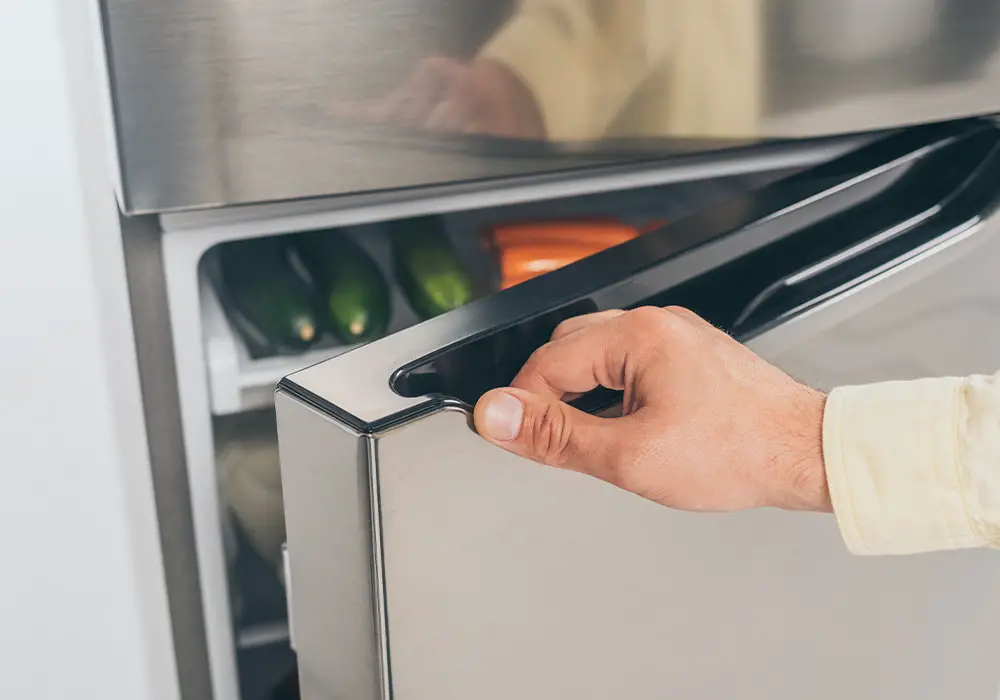
Finally, consider your fridge’s temperature settings. Maintaining a temperature of 3-5 degrees Celsius for the fridge and -18 degrees Celsius for the freezer is the ideal range for food safety and energy conservation. If you set your fridge or freezer to a much colder temperature, more electricity will be consumed to maintain those temperatures.
In summary, a fridge’s electricity usage depends on factors such as size, type, efficiency, and habits. Understanding these factors and making adjustments where necessary can assist in reducing your appliance’s electricity consumption and subsequently your energy bill. Keep these insights in mind, and you’ll be on your way to more efficient and eco-friendly usage of your fridge and freezer.
Typical Electricity Usage of a Freezer
When considering the electricity usage of a freezer, it is essential to keep in mind that various factors contribute to the overall consumption. These factors include the size of the freezer, its efficiency rating, and the way it is used. In general, an A+++ rated freezer will consume much less electricity compared to those with lower ratings.
On average, a typical freezer uses about 100 to 400 kWh of electricity annually. To give you an idea of how much this translates to in cost, let’s take a look at the following example. Assuming an average electricity rate of £0.14 per kWh:
- A freezer consuming 100 kWh per year would cost around £14 annually
- A freezer consuming 400 kWh per year would cost around £56 annually
Of course, this is only an approximation, as electricity rates may vary depending on your location and supplier. To help further break down the electricity usage of different freezer types, we can explore some scenarios:
- Upright freezers: These models are generally more energy-efficient, and their usage ranges from 150 to 350 kWh annually. This means the cost of operating an upright freezer can vary between £21 and £49 per year.
- Chest freezers: Although they tend to have larger capacities, chest freezers usually consume more electricity compared to upright freezers. Annual consumption ranges from 200 to 450 kWh, costing around £28 to £63.
To ensure you make an informed decision when purchasing a freezer, always check the energy label for the specific model. This label will indicate the appliance’s efficiency rating and estimated annual energy consumption. Furthermore, it is essential to use your freezer wisely – make sure the doors are sealed tightly, keep the coils clean, and, if possible, place it in a cool area to prevent extensive electricity use. By following these tips, you can conserve energy and save on your electricity bills.
Factors Affecting Electricity Consumption
When considering the electricity consumption of your fridge and freezer, there are several factors that can influence the total energy used. Understanding these factors can help you make informed decisions on how to reduce energy consumption and save on your electricity bills.
Size: The larger your fridge and freezer are, the more electricity they will consume. Bigger appliances have more internal space to keep cool, which demands more energy. When selecting a fridge and freezer, consider purchasing an appropriate size that suits your household needs.
Temperature settings: The colder you set the temperature, the more energy your fridge and freezer will use. It is recommended to set your fridge temperature between 3°C and 5°C, while the freezer should be set at -18°C. Avoid making frequent changes to the temperature settings, as this can also result in increased energy use.
Age and efficiency: Older appliances often consume more electricity compared to newer, more energy-efficient models. Upgrading to a modern fridge and freezer equipped with energy-saving features can significantly reduce your electricity consumption. Look for appliances that carry the Energy Star label or have a high energy efficiency rating.
Door seals: Poorly sealed doors allow cold air to escape, forcing your fridge and freezer to work harder to maintain the desired temperature. To prevent energy wastage, check and replace the door seals if needed, and make sure that the doors are always closed properly.
Location: Placing your fridge and freezer in a well-ventilated area, away from direct sunlight or heat sources, helps reduce energy consumption. Keeping appliances in a warm environment forces them to work harder to maintain the set temperature.
Usage habits: How you use your fridge and freezer can impact energy consumption. To minimise energy use, avoid keeping the doors open for extended periods or unnecessarily opening them frequently. Allow hot foods to cool down before placing them inside to prevent extra work for the appliances.
By considering these factors and making necessary adjustments, you can reduce the electricity consumption of your fridge and freezer. This not only benefits the environment but also leads to savings on your electricity bills.
Energy Efficiency Ratings & Their Impact
When choosing a fridge and freezer, it’s essential to consider their energy efficiency ratings. These ratings indicate how effectively the appliance uses electricity, which impacts your energy bills and carbon footprint.
Energy efficiency ratings range from A+++ to D. An A+++ rated appliance is the most energy-efficient, while a D-rated appliance is the least efficient. When you purchase a fridge and freezer with higher energy efficiency ratings, you can potentially save on your electricity bills.
Energy efficiency is influenced by several factors, such as insulation, temperature control, and the type of compressor used in the appliance. For instance, an inverter compressor can save more energy as it adjusts its speed according to the cooling demand, reducing energy wastage.
Another critical aspect to consider is the appliance’s size. A larger fridge or freezer may require more energy to maintain a consistent temperature. To select the most efficient combination, consider your household’s needs and the available space in your kitchen.
Here are some potential electricity savings, depending on the energy efficiency rating:
- A+++: Up to 60% more efficient than a D-rated appliance
- A++: 40% – 60% more efficient than a D-rated appliance
- A+: 20% – 40% more efficient than a D-rated appliance
- A: 0% – 20% more efficient than a D-rated appliance
- B, C, D: These ratings are less common and less energy efficient
Keep in mind that while higher-rated appliances usually come with a higher initial cost, their reduced electricity consumption can lead to long-term savings on your energy bills. Therefore, it’s essential to balance upfront costs with efficiency when selecting your fridge and freezer.
By focusing on energy efficiency ratings and their impact, you can make informed choices about your future fridge and freezer, ultimately saving money and minimising environmental impact.
Estimating Overall Power Consumption
It’s essential to understand the power consumption of your fridge and freezer to make informed decisions about energy usage. You can estimate the overall power consumption by following these steps:
First, check the energy label on your fridge and freezer, which often indicates the annual power consumption in kWh (kilowatt-hours). If this information is not available, you can look up the manufacturer’s specifications online or in the user manual.
Next, divide the annual power consumption by 365 to find the average daily power consumption. For example, if your fridge and freezer consume 300 kWh/year together, you would calculate:
300 kWh/year ÷ 365 days/year ≈ 0.82 kWh/day
Now you have a baseline for your daily power consumption. Keep in mind that this is an estimation and real-world usage may vary. Factors such as how often you open the doors, the ambient temperature, and the efficiency of your appliances can all impact actual power consumption.
To get a clearer picture of your fridge and freezer’s electricity usage, you can use an energy monitor. Plug the monitor into the wall socket and connect your fridge or freezer to it. The energy monitor will display the wattage, and you can then track the consumption over time. This method provides a more accurate measurement and can help you identify potential energy-saving opportunities.
Remember, it’s crucial to maintain your fridge and freezer to ensure they operate efficiently. Regularly defrosting the freezer, cleaning the condenser coils, and checking the door seals are all good practices to minimise energy usage and keep your appliances running optimally. By being aware of the power consumption and implementing energy-saving measures, you can contribute to a greener environment and potentially reduce your energy bills.
Reducing Electricity Usage of Fridge & Freezer
To reduce the electricity usage of your fridge and freezer, follow these tips:
- Maintain the appropriate temperature: For the fridge, aim for a temperature between 3°C to 5°C. For the freezer, target a temperature of -18°C. Avoid setting the temperatures too low as it can result in higher electricity consumption.
- Keep the fridge and freezer full: Storing more items in your fridge and freezer helps to maintain a consistent temperature, leading to reduced energy consumption. However, be cautious not to overfill them, as proper air circulation is required for efficient cooling.
- Regularly defrost the freezer: When frost builds up in the freezer, it consumes more electricity to maintain the ideal temperature. Make sure to defrost the freezer when frost build-up exceeds 5mm.
- Properly seal the doors: Make sure the door seals on your fridge and freezer are in good condition and clean, as any gaps can lead to air leakage, causing the appliance to work harder and consume more electricity.
- Position the fridge and freezer wisely: Keep your fridge and freezer away from heat sources such as ovens or direct sunlight, as this forces them to work harder to maintain the desired temperature. Leave adequate space around the appliances to ensure good air circulation and heat dissipation.
- Allow cooked food to cool before storing : Storing hot food in the fridge or freezer forces the appliance to work harder to cool it down. Let the food cool to room temperature before placing it in the fridge or freezer, but be cautious not to leave it sitting out for too long.
By following these simple tips, you will effectively lower the electricity consumption of your fridge and freezer, resulting in a decrease in energy costs and a reduced environmental impact.
The Impact of Fridge & Freezer on Your Electricity Bill
Your fridge and freezer are among the essential appliances in your home, but they can also contribute significantly to your electricity bill. Understanding their energy use can help you manage your expenses and reduce wasted energy.
Fridges and freezers consume electricity as they maintain specific temperatures to preserve your food. Energy usage varies depending on factors such as size, model, age, and efficiency rating. Generally, a larger fridge or freezer will use more energy than its smaller counterpart. Additionally, older models with lower efficiency ratings tend to consume more energy than newer, more efficient models.
To manage your energy use, you can consider upgrading your old fridge or freezer to a more efficient model, which can save you money on your electricity bill in the long run. When purchasing a new model, look for the energy efficiency rating label which includes the estimated yearly energy consumption. Opting for an appliance with an A+++ rating will significantly reduce energy usage and cost.
In addition to choosing an energy-efficient model, adopting proper usage habits can also impact your electricity bill. Some tips to optimise energy use in your fridge and freezer include:
- Regularly cleaning the condenser coils to allow them to function efficiently
- Maintaining a consistent temperature of around 3-5°C for fridges and -18°C for freezers
- Allowing adequate space around the appliances for air circulation, which promotes efficient cooling
- Avoiding overfilling, which can lead to restricted airflow and higher energy consumption
- Ensuring airtight door seals to prevent cold air from escaping and warm air from entering
By considering the factors that influence energy consumption and adopting proper usage habits, you can make informed decisions that reduce the impact of your fridge and freezer on your electricity bill.
Environment-Friendly & Energy-Efficient Models
When you are in the market for a new fridge and freezer, it is essential to consider environment-friendly and energy-efficient models to reduce your carbon footprint and save on electricity bills. These models not only help in conserving energy but also reduce greenhouse gas emissions.
Firstly, look for the energy rating labels on the appliances. In the UK, these are displayed as A+++, A++, A+, A, B, and C ratings. The higher the rating, the more energy-efficient the appliance is. As a rule of thumb, choose a fridge and freezer with a rating of A++ or better to ensure you are making an eco-friendly choice.
Next, consider the size of the appliance. Larger fridge-freezers consume more electricity than smaller ones with the same energy rating. To optimise your appliance’s energy usage, choose a model that meets your household’s needs without being larger than necessary.
Inverter technology is another factor to pay attention to when selecting an energy-efficient fridge and freezer. This technology adjusts the compressor speed according to the cooling demand, resulting in reduced energy consumption, better temperature control and extended appliance life.
Moreover, keep an eye on additional features such as rapid freeze and holiday mode. Rapid freeze technology reduces the temperature quickly, preserving the texture and nutrients in your food and reducing energy consumption. Holiday mode allows you to switch off the fridge compartment while keeping the freezer running when you are away from home, conserving electricity during your absence.
Finally, remember that proper and regular maintenance of your fridge and freezer can also improve energy efficiency. Keep the condenser coils clean, ensure door seals are in good condition, and avoid frequently opening the appliance door to maintain a consistent temperature and prevent energy wastage.
By selecting the right environment-friendly and energy-efficient fridge and freezer models and maintaining them effectively, you can minimise your electricity consumption, reduce your environmental impact, and save money on your energy bills.
Rules & Regulations for Fridge & Freezer Usage in the UK
When using a fridge and freezer in the UK, it’s essential to adhere to the rules and regulations set by the UK government. These guidelines ensure energy efficiency, safety, and environmental sustainability.
Energy Efficiency Standards: British fridges and freezers must meet the energy efficiency requirements established under the EU Ecodesign Directive. These appliances receive an energy label with a rating from A to G, with A+++ being the most efficient. Purchasing an appliance with a higher energy rating will help lower your electricity consumption and reduce your carbon footprint.
Electrical Safety Regulations: All fridges and freezers in the UK must comply with the UK safety standards, outlined in the Electrical Equipment (Safety) Regulations 1994. These regulations cover aspects such as product design, materials, functional safety, and user information. It’s crucial to purchase appliances from reputable brands and trusted suppliers to ensure you’re getting a product that has met these safety requirements.
Disposal of Old Appliances: When it’s time to replace your fridge or freezer, you must follow the Waste Electrical and Electronic Equipment (WEEE) Directive. This legislation requires disposal of electrical appliances in an environmentally friendly way, either by recycling or donating to a reuse centre. Many retailers will provide ‘take-back’ services for old appliances when a new one is purchased.
Maintenance and Care: Regular maintenance contributes to the energy efficiency, safety, and lifespan of your appliance. Keep the fridge and freezer clean, check door seals, defrosting, and airflow to maintain optimal working condition. Proper maintenance can also help prevent accidents and problems that could require costly repairs.
By following these rules and regulations, you can ensure your fridge and freezer will operate efficiently and safely, while contributing to a greener environment.

